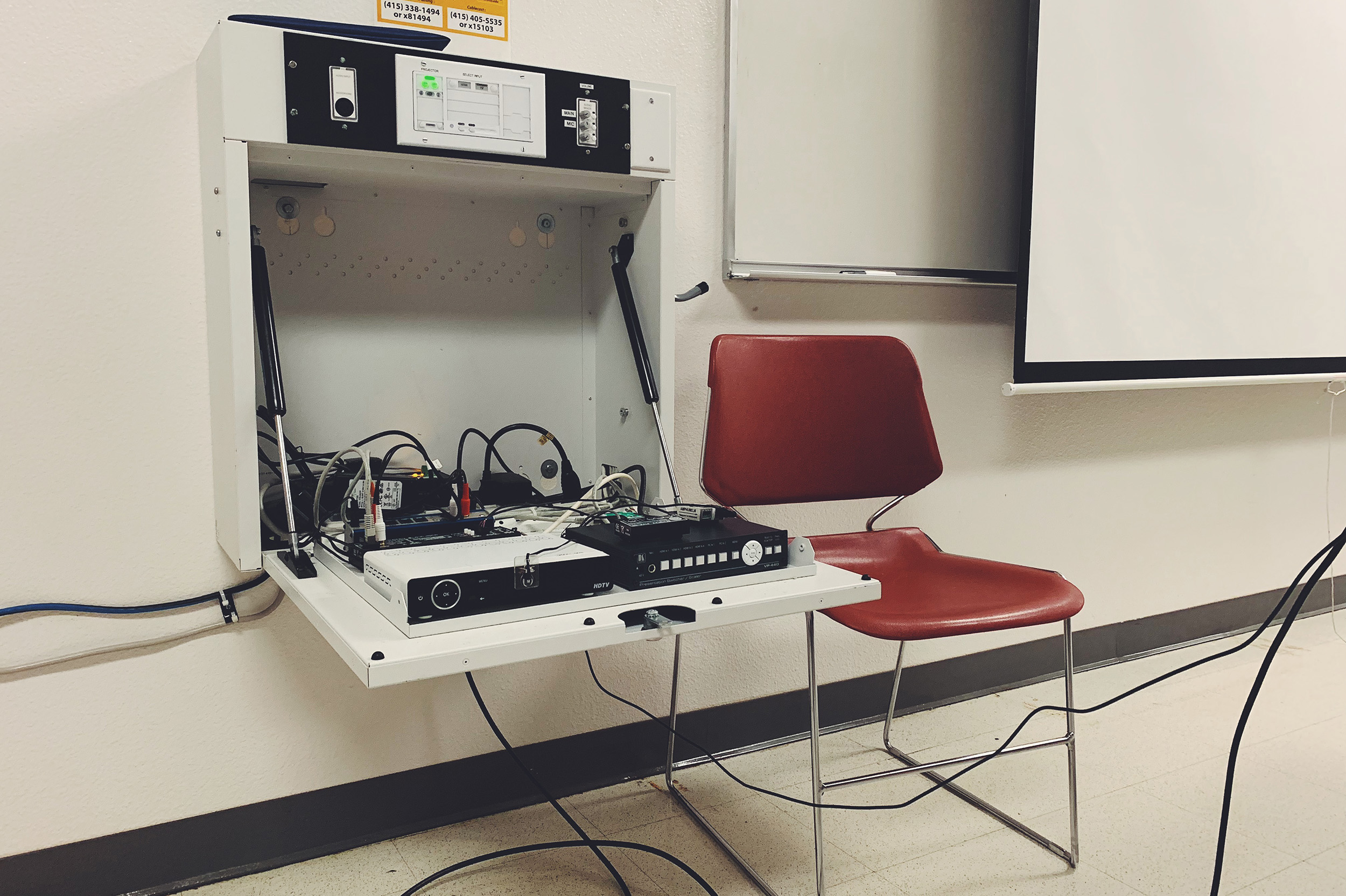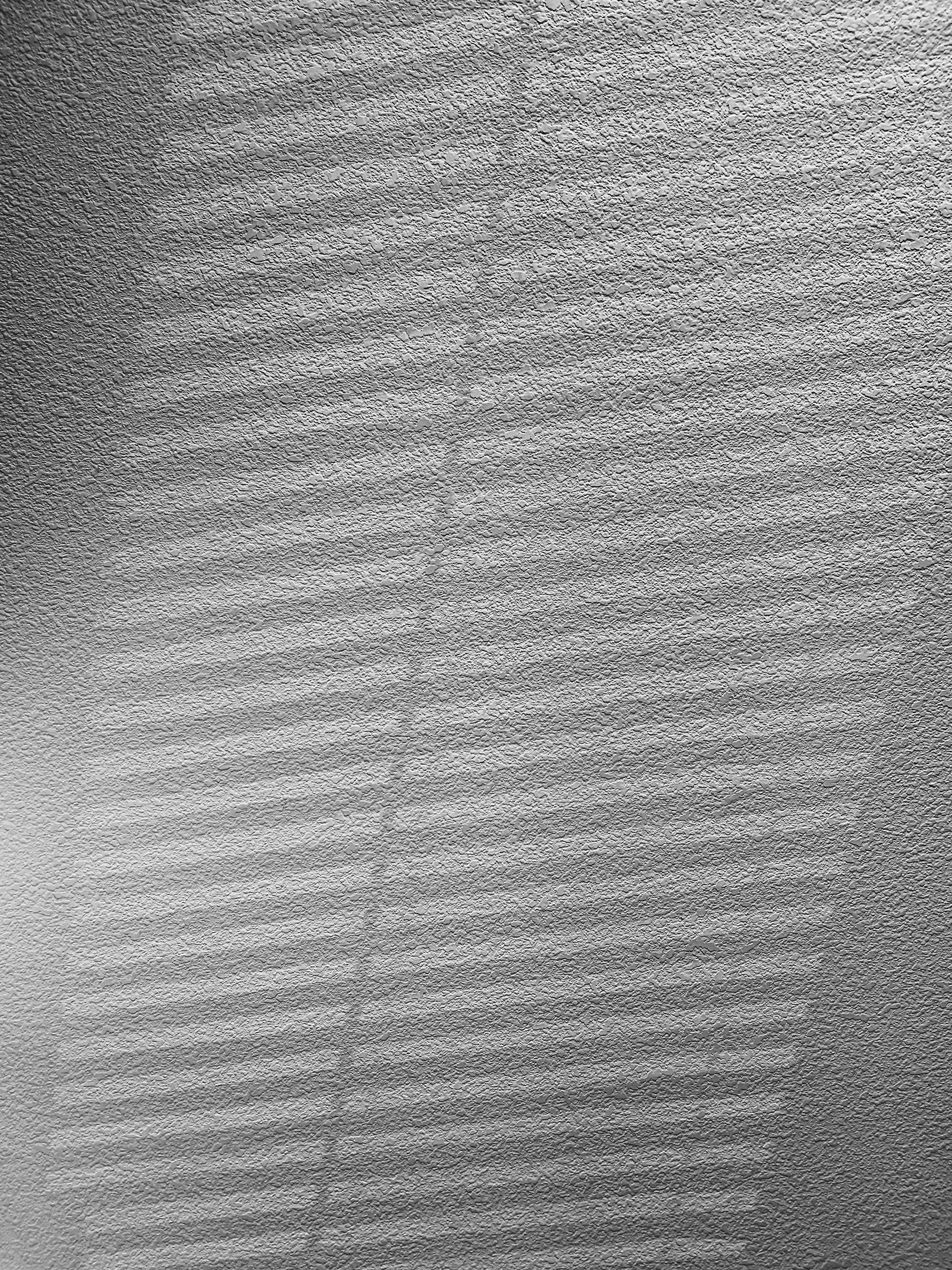These days, the standard configuration of computers we buy at work comes with 512 gigabytes of internal storage. You may think that’s plenty, but it really isn’t. After we put the standard suite of apps (such as Adobe Creative Cloud and Microsoft Office), the users have about 430 gigabytes or so to use. More than enough if you only play in the land of spreadsheets and powerpoint presentations. But nobody lives like that anymore. High quality media files dominate our life, including academia.
Those media files take up a lot of storage. A single photograph from an iPhone can be up to 10 megabyte in size. 4K video at 60 frames-per-second - the standard recording resolution of the latest smartphones - takes up a whopping 750 megabytes per minute. An instructor makes a class submit video for an assignment, downloads them all to view, and there goes countless gigabytes of storage space taken up. And as we know, not everyone is so diligent in pruning old files.
There’s another problem: users treat these work computers as their personal devices. They would sign-in to their personal iCloud or Google accounts, sync their entire digital life, and boom - there goes another chunk of storage. Exacerbating the issue on the macOS side is the nefarious category of “system files”. These are working files the operating system uses to, well, operate. However big it is is however big it is - the end user cannot prune or change it. As of this writing, the system files on my MacBook Pro is using over 60 gigabytes.
I remember a time when a MacBook only came with 80 GB of storage in total!
Back in the old days, the conventional wisdom when buying a computer is to buy more processing power and memory amount than you currently need - for supposed future proofing. These days, even the bog standard poverty-spec laptop is plenty powerful enough to last the user for years. What they should optimize for then is to spec and buy as much storage space as they can afford. I paid plenty of hundreds extra to have two terabyte of storage on my MacBook Pro. And honestly, I wished I’d bought even more: it’s already more than half full, and I’ve only owned the laptop for a little over a year!
Seasons greeting.


